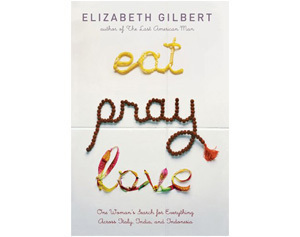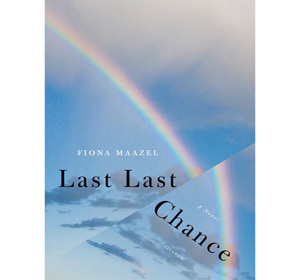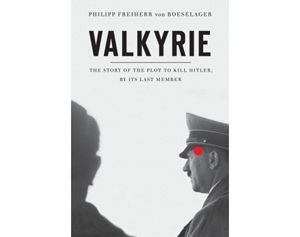The Best and the Worst Book Covers
.
Interesting covers are getting more exposure on shelf-displays, both online and off-line. We are a very
visual culture, which influences our book-buying habits. A stunning book cover
is one of the best marketing tools for any writer! And you will never have a second chance to
make a first good impression with your book – online and offline. In the last weeks I have seen so many ugly and boring book covers
and lots of beginner errors on self-published books, I just had to write this reminder.
.
Chris Robley wrote recently in a blog for BookBaby:
Before someone buys your book, they will probably read your book description, blurbs, bio, and maybe even skim a few pages from chapter one.
Before they can do any of that reading, they will have to pick the book off a shelf, or perhaps click to the book’s page on Amazon, B&N, etc.
And before they are compelled to click a link or pick up a book, they will have to be attracted to your book’s cover (or thumbnail image).
From the moment a person picks up your book, you have about 6 seconds to convince them to buy it. This includes the time they take to look at the back cover and the spine.
.
Front Cover Tips
E-books are bought online, usually displayed on a page with many other books. Therefore
clarity, simplicity, brightness and information must jump off the screen. A simple and arresting
graphic element and bold clear text for the title and the authors’ name must be easy to read on
the tiny online image.
.
.
And Never, Ever:
use the word “by” before your author name. Using the word ”by” screams DIY self-published.
use a white background for your book! White on white is barely visible and on websites your
book will not stick out, as the sites’ background are almost always white.
.

.
Back Cover Design
Book Layout Designer Joel Friedlaender posted in a great blog 7 Secrets to Writing Persuasive
Back Cover Sales Copy http://www.thebookdesigner.com/2013/05/casey-demchak-back-cover-copy
“If your cover is good enough to grab readers, your back cover copy needs to convince them to
buy. For authors who self publish this can be a challenge because writing promotional copy
many not be their area of expertise. Plus, for many authors it’s never easy to “brag” about
themselves and their own work.”
.
.
Visit a Bookstore
Check out all the books that are similar to yours. Place your book (or a mock-up) between these.
Does it look better? Is the spine eye-catching? Ask other patrons what they think about every
book, but don’t tell which one is yours. Listen to their opinion. Place your book on the first table in
the bookstore where the NY Times bestsellers are placed. Does your book cover really stand
out? Has any of the bestsellers the word “by …. author name” on the front cover? For sure not!
.
.
Book Cover Size:
Check if there are specific or popular sizes in the genre your book is in. And do all these
BEFORE your book is ready to print. Later changes only confuse readers and they are very
costly.
.
Discuss these Points with Your Cover Designer:
Use bold or complementary colors
Use light on dark for dramatic effects (if it fits to your book content)
Test the cover in thumbnail size to make sure it looks good at Amazon’s website
Use not more than different two fonts in total
Use not too wide vertical spaces between lines of text
Use few shadow, bevel, gradient or glow – keep it subtle
Align the cover text – centre, left or right
Place text on plain background to stand out
Let the front cover design flow into the book’s spine
Use the same fonts for all your books and readers will be able to identify them easily
People read left to right, top to bottom. Position your elements in appropriate levels of importance
.
Read more:
Lousy Book Covers
http://lousybookcovers.tumblr.com/
.
Inside Random House: The Journey from Manuscript to Book
http://www.youtube.com/watch?v=XFUcWguqr7U
.
Inside Random House: “The Art of Cover Design”
http://www.youtube.com/watch?v=l2Z86L25v30
.
“23 Creative Book Cover Designs and their Story” is a showcase of creative book cover designs,
indicating the typefaces used for the title or text:
http://www.1stwebdesigner.com/inspiration/creative-book-cover-story
.
Front and Back Cover Copy for Book Covers
http://www.coverdesignstudio.com/book-cover-copy/
.
Joel Friedlander wrote a great blog about brilliant book titles in one of his blogs:
http://www.thebookdesigner.com/2010/06/how-to-write-book-titles-for-people-robotsJoel
.
Book Design and Production
http://www.amazon.com/Book-Design-Production-Pete-Masterson/dp/0966981901
.
Basics Design Layout, 2nd edition
http://www.amazon.com/Basics-Design-02-Layout-Second/dp/2940411492/
.
“40 Extraordinary Photoshop Text Effects”, it shows detailed tutorials, how to create amazing book title effects, step by step and is using lots of screen shots.
http://www.problogdesign.com/resources/40-extraordinary-photoshop-text-effects
Fonts for book titles:
http://en.wikipedia.org/wiki/Typeface
http://www.dafont.com/themes.php
http://www.1001freefonts.com
http://www.identifont.com
.
<><><><><>
.
Tagged: back cover, book cover as marketing tool, book cover design, Book Design and Production, Book Layout, Cover art, e-book cover, font for book cover, front cover, how to create amazing book title effects, Joel Friedlaender, top to bottom 













